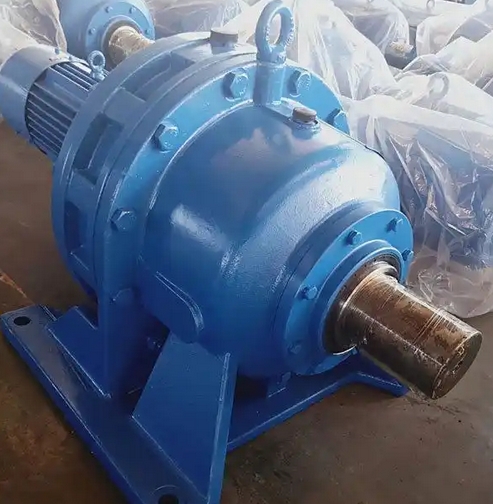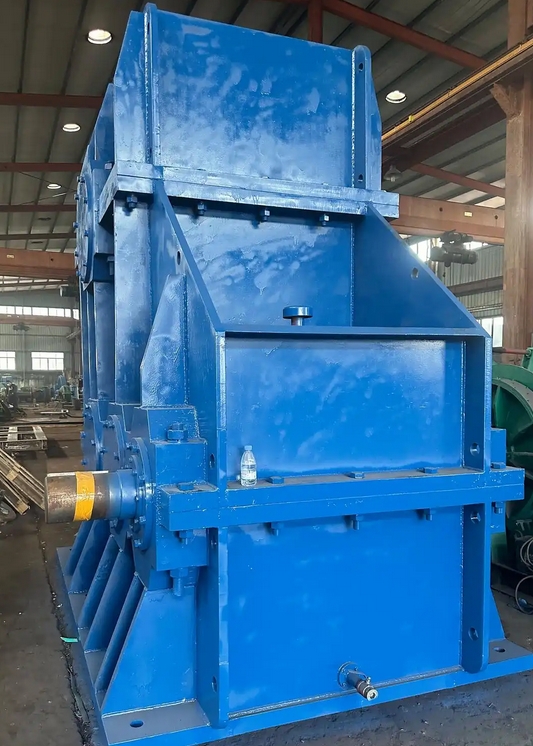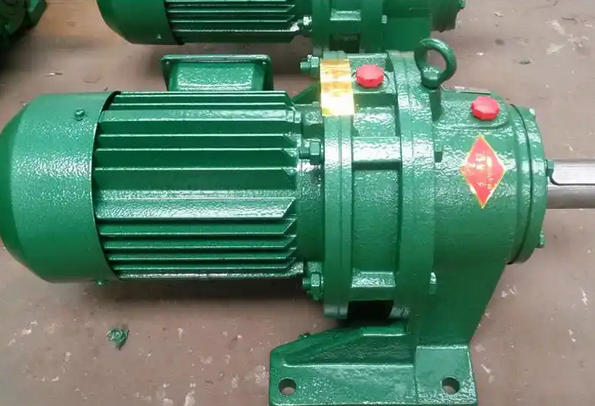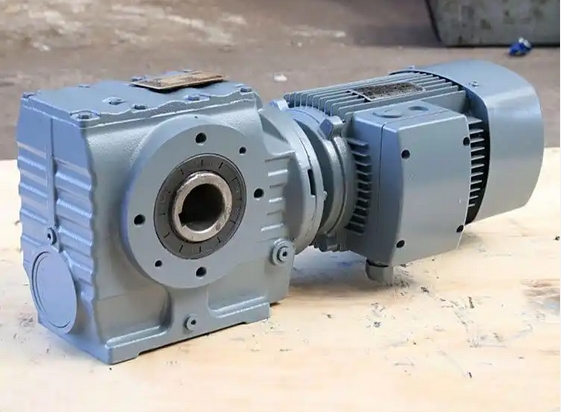How to avoid the output shaft fracture of BWE2715-195 cycloidal pinwheel reducer
To avoid the fracture of the output shaft of BWE2715-195 cycloidal pinwheel reducer, the following measures can be taken:Correct selection
Accurate calculation of torque: Based on the actual workload, including static and dynamic torque, accurately calculate the required output torque of the gearbox. Ensure that the rated output torque of the motor multiplied by the reduction ratio is less than the rated output torque provided by the gearbox product sample, and consider a certain torque margin. It is generally recommended that the maximum working torque required by the user is less than 1.5 times the rated output torque of the gearbox.
Consider operational factors: Analyze the working conditions of the equipment, such as frequent starting, braking, and the presence of impact loads. For frequent start stop or impact load conditions, it is necessary to choose a gearbox model with higher overload capacity.
Installation and assembly
Ensure concentricity: During installation, use professional tools and measuring instruments such as dial gauges to strictly control the concentricity between the motor and the input shaft of the reducer, as well as between the output shaft of the reducer and the load equipment, so that the deviation is within the allowable range (generally not exceeding 0.1mm/m).
Reasonable selection of couplings: Choose the appropriate coupling based on installation accuracy and working conditions requirements. If high installation accuracy and stable load are required, rigid couplings can be used; For situations with certain installation deviations and load impacts, elastic couplings or universal couplings can be chosen.
Proper installation of bearings: When installing bearings, ensure that their interference fit or clearance fit accuracy meets the requirements. The interference fit should not be too tight to avoid micro cracks on the shaft surface; The clearance fit should not be too loose to prevent the inner ring of the bearing from slipping with the shaft.

use and maintenance
Avoid overload operation: Strictly operate according to the rated power and torque of the reducer to avoid long-term operation of the equipment under overload conditions. At the same time, prevent sudden increase or jamming of the load to prevent the output shaft from bearing excessive instantaneous torque.
Regular inspection and maintenance: Regularly check the operating condition of the gearbox, including vibration, temperature, noise, and the quality and level of the lubricating oil. Promptly detect and address issues such as bearing wear, cycloidal gear breakage, keyway wear, etc., to prevent further development of faults leading to output shaft fracture.
Maintain good lubrication: Choose appropriate lubricating oil and replace it according to the prescribed cycle. Good lubrication can reduce friction between the output shaft and components such as bearings and cycloidal gears, reduce wear and heat generation, and extend the service life of the output shaft.




